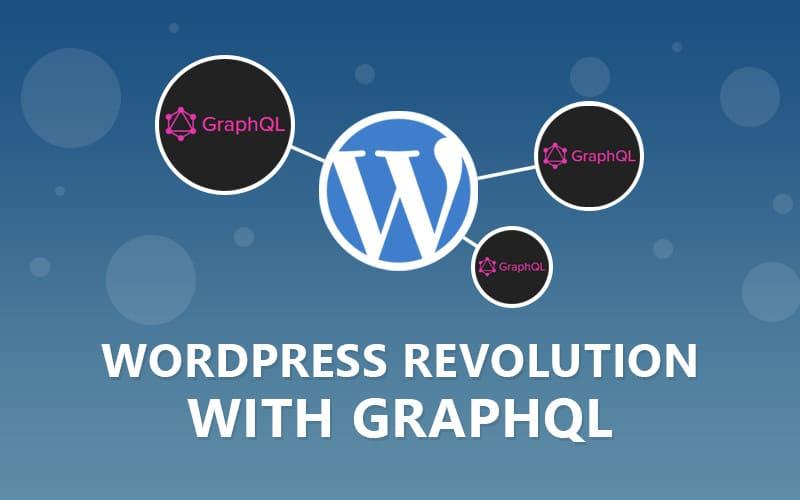Using GraphQL in WordPress: A Comprehensive Guide

The History of GraphQL
GraphQL, much like React, was originally developed by Facebook. The initial development started in 2012, but it wasn't until 2015 that GraphQL was publicly released. When Facebook decided to make GraphQL open source, the project was eventually transferred to the GraphQL Foundation, which is hosted by the Linux Foundation, in 2018.
GraphQL was created out of Facebook's need to improve the scalability of their mobile app. Initially, Facebook's mobile strategy was to adapt their website for mobile use by leveraging HTML5. However, this approach led to challenges such as high network usage and a suboptimal user experience. To address these issues, Facebook's development team decided to rebuild their iOS app using native technologies.
Setting Up GraphQL in WordPress
- Introduction to the WPGraphQL plugin.
- Step-by-step guide to installing and configuring WPGraphQL:
- Installation: How to install WPGraphQL via the WordPress dashboard or using Composer.
- Configuration: Basic configuration settings and how to access the GraphQL IDE (GraphiQL).
Creating Queries and Mutations
- Explanation of GraphQL queries and mutations.
- Examples of basic queries:
- Fetching posts, pages, and custom post types.
- Querying custom fields and taxonomies.
- Examples of mutations:
- Creating, updating, and deleting posts and custom post types.
- Managing users and custom data.
Advanced GraphQL Usage in WordPress
- Using GraphQL with custom post types and custom fields:
- Registering custom post types and exposing them to GraphQL.
- Utilizing Advanced Custom Fields (ACF) with WPGraphQL.
- Pagination and filtering:
- Implementing pagination in GraphQL queries.
- Filtering results based on specific criteria.
Integrating GraphQL with Frontend Frameworks
- How to use GraphQL with popular frontend frameworks like React, Vue.js, and Angular.
- Example projects:
- Creating a headless WordPress site with React and Apollo Client.
- Building a static site with Gatsby and sourcing data from WPGraphQL.
Authentication and Security
- Securing your GraphQL API:
- Using JWT (JSON Web Tokens) for authentication.
- Implementing permissions and access control for different user roles.
- Best practices for securing GraphQL endpoints and data.
Performance Optimization
- Tips for optimizing GraphQL queries for performance.
- Caching strategies for GraphQL responses.
- Monitoring and debugging GraphQL queries.
Real-World Use Cases and Case Studies
- Examples of real-world applications and websites using GraphQL with WordPress.
- Case studies showcasing the benefits and challenges of using GraphQL in production environments.
Patrocinado
Pesquisar
Patrocinado
Patrocinado
Categorias
- Web Development
- Art
- Causes
- Crafts
- Dance
- Drinks
- Film
- Fitness
- Food
- Jogos
- Gardening
- Health
- Início
- Literature
- Music
- Networking
- Outro
- Party
- Religion
- Shopping
- Sports
- Theater
- Wellness
Leia Mais
What’s the Difference? between API vs. Web Service:
API (Application Programming Interface):
An API is a software interface that enables...
India Awards Padma Bhushan to Foxconn CEO Taiwan
India's Republic Day is all about traditions and one of them is the Padma Awards the winners are...
Unlocking Financial Growth: Strategies for Long-Term Success
Achieving financial growth is a primary goal for individuals and businesses alike. It requires a...
How to Avoid Them WordPress Security Mistakes
1. Neglecting Regular Updates
Mistake: Failing to update WordPress core, plugins, and themes....
Best and affordable online ecommerce platform
An ecommerce platform is a digital software or online service that enables businesses to create,...
© 2025 Abhira Social Media
 Portuguese
Portuguese




